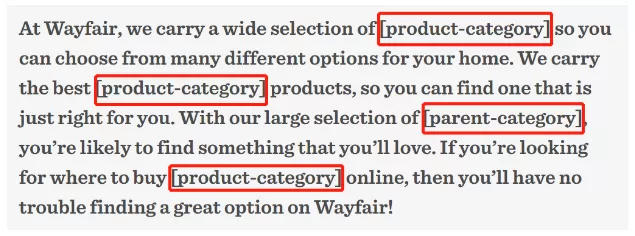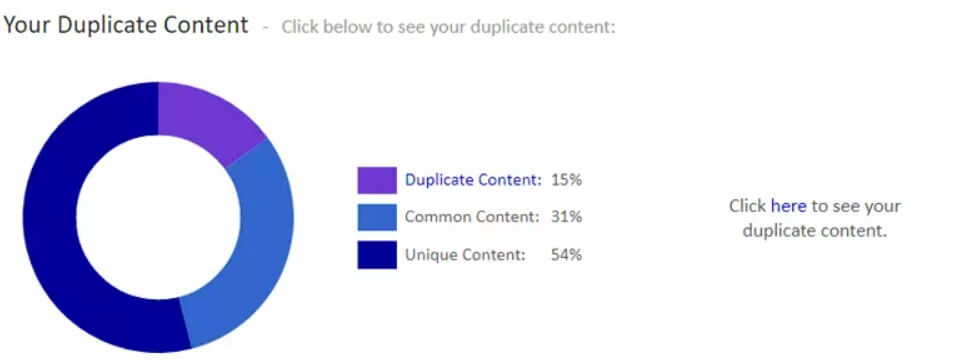How do you deal with outdated blog posts?
Usually, the answer is: You don't.
If that's the case, you're not alone. For some reason, most of us, as content marketers, are obsessed with constantly creating new content rather than utilizing our old blog posts.
But here's the thing — as Google becomes smarter in evaluating content quality, we should do the same. Just like convincing existing customers to buy from you again, updating your existing SEO content is easier and more reasonable in the long run.
To Update or Not to Update: That Is the Question
I get it. Gaining full control over your content inventory and deciding which posts (if any) to update isn't simple. But fortunately for all of us, there are tools, frameworks, and tricks that can guide us through the process of republishing content.
What You Will Learn:
Why you should update old blog posts
How to deal with outdated blog content
How to choose which posts to update
How to improve old posts when you’re ready
Why Update Old Posts?
Having outdated content on your blog might not seem like a big deal. Sure, Google won't penalize you for it, but you could be missing out on a lot of opportunities.
1. Outdated content often means low (or no) organic traffic and conversions.
Both search engines and web visitors love fresh, up-to-date content, while older content is less likely to maintain a strong presence in the SERPs. You (or someone on your team) have already invested a lot of time and effort, but now it’s all going to waste. Don’t let that happen!
2. Content ideation can get exhausting, especially if you've been doing it for a while.
Coming up with new ideas for your content marketing strategy can be fun, but if you've been at it for a while, you'll eventually run out of ideas. Wouldn't it be nice to stop chasing new content for a change?
3. Outdated content might harm your brand (and your ego).
I can't tell you how many times I've cringed when stumbling upon old content I published. It may have looked great a few years ago, but things have changed since then. As an industry, we've gotten much better at producing high-quality blog posts compared to just a few months ago. Outdated articles (especially those that are misleading, incorrect, or poorly written) can only hurt your brand.
So, What Should You Do with Expired Posts?
By now, I hope you're convinced that updating old posts is worth trying. There are at least a few steps you can take to address outdated content:
1. Optimize Old Content for SEO
Some of your older content may not be well-optimized for SEO, ranking for irrelevant keywords, or receiving no traffic at all. However, if the quality is still decent, you should be able to re-optimize it with minimal effort.
2. Refresh Outdated Content
Some blog posts may contain titles with specific years or discuss news that has become outdated over time. The rest of the actual blog post might still be “evergreen” — in this case, all you need to update is the date.
3. Rewrite Old Blog Posts
When the content quality is low (but the potential remains), there's nothing you can do except rewrite the old blog post entirely.
This isn’t necessarily a bad thing — you can still save some time and effort on content ideation. The groundwork is already there, and now you can address the poor content quality with an updated post.
4. Delete Old Articles
Should you delete blog content? Absolutely. If the content is completely outdated, of low quality, and doesn’t have relevant keywords to rank for, don’t hesitate. Set up a redirect (to a related blog post or the blog homepage) and move on.





